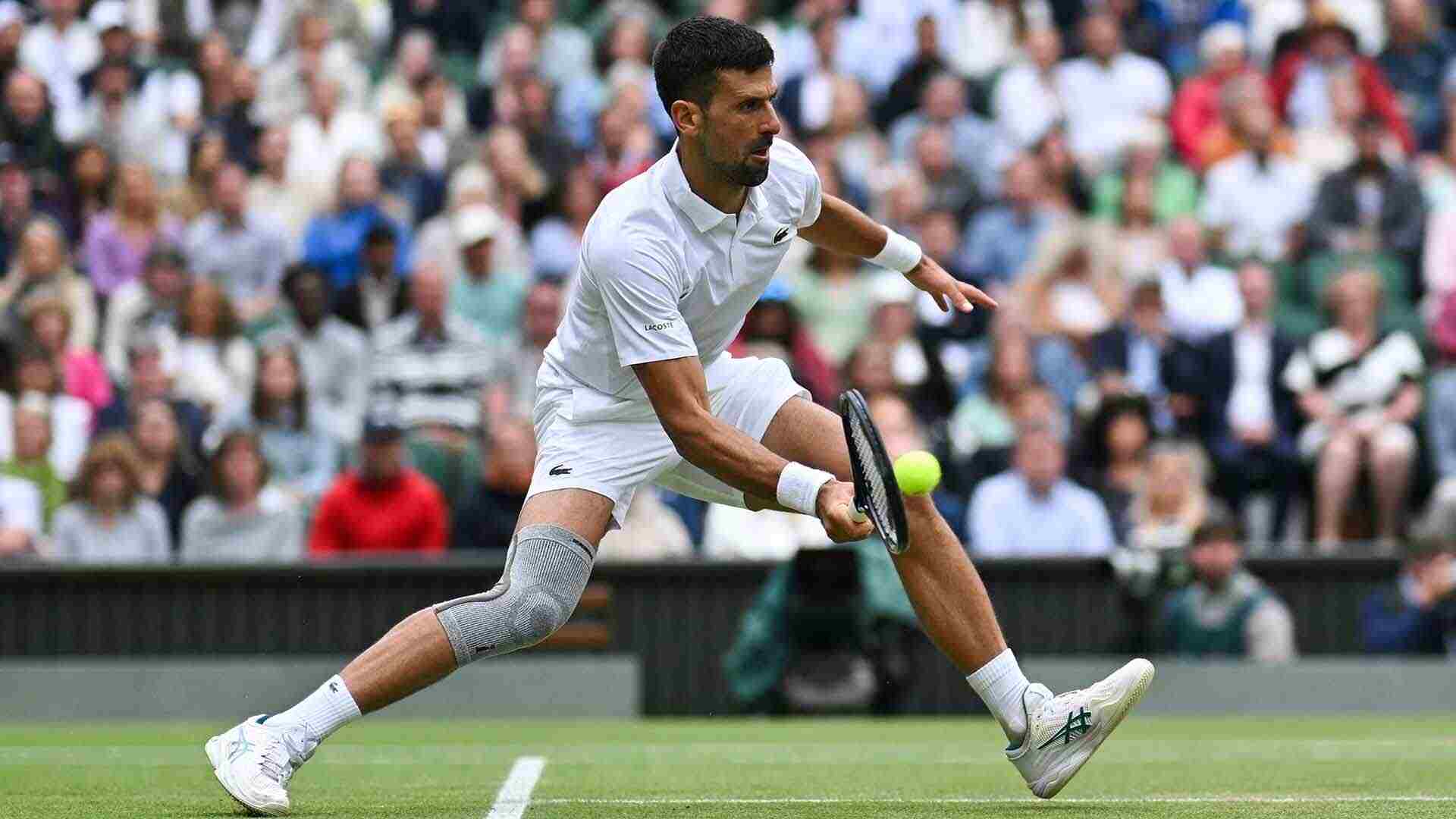Tennis star Novak Djokovic recently had surgery to repair a meniscal tear, a common knee injury among athletes. The meniscus, a C-shaped cartilage in the knee, acts as a stabilizer and shock absorber. Meniscal tears often result from sudden twists or rotations, typical in sports like basketball, tennis, and soccer.
Symptoms of a Meniscal Tear
Symptoms of a meniscal tear can vary, but they commonly include:
1. Pain: This pain is often localized to the area of the meniscus tear and may be sharp or aching. It can intensify with activities that involve knee movement or weight-bearing.
2. Swelling: Swelling around the knee joint is a typical response to the injury. It may develop gradually over a few hours or days following the tear, making the knee appear puffy and feel tender to the touch.
3. Stiffness: The knee may feel stiff and less flexible, making it difficult to bend or straighten fully. This stiffness can affect daily activities and reduce the range of motion in the joint.
4. Difficulty Straightening the Knee: One of the hallmark signs of a meniscal tear is trouble fully extending the knee. This can result in a feeling of the knee being “locked” or “stuck” in a bent position.
5. Knee Giving Way: A meniscal tear can cause a sensation that the knee is unstable or giving way, especially during movement or when bearing weight. This instability often results from the damaged cartilage not supporting the knee joint properly.
6. Popping Sensation: During the moment of injury, some people experience a distinct popping or clicking sound, which is often associated with the tearing of the meniscus. This sensation can be accompanied by immediate pain or discomfort.
Overall, these symptoms may vary in intensity and can impact an individual’s ability to perform physical activities. Seeking medical evaluation is crucial for proper diagnosis and treatment of a meniscal tear.
Management of Meniscal Tears
Some Insights were provided to News18.com From Dr. Rajeev Raman, Consultant Orthopaedic Surgeon, AMRI Hospital, Kolkata**
1. Taking Breaks from Intense Activities: Avoid pushing through pain as it can worsen injuries. Refrain from squatting, heavy lifting, and similar activities.
2.Reducing Knee Strain: Wearing a knee brace, engaging in strength training for the quadriceps and hamstrings, and using supportive footwear can help reduce knee strain.
3. Non-Surgical Treatment: Methods like physical therapy, anti-inflammatory drugs, and the RICE technique (Rest, Ice, Compression, Elevation) can alleviate pain and swelling, improve knee function, and manage symptoms.
4. Physical Therapy: Exercises to strengthen the muscles around the knee, improve flexibility, and restore range of motion are crucial. Dynamic stretching and low-impact exercises help prepare muscles for physical activity.
5. Surgery: In severe or persistent cases where conservative treatments fail, surgery might be necessary. The two main surgical options are meniscectomy (removal of damaged meniscal tissue) and meniscus repair (suturing the torn meniscus). Meniscus repair is preferred for younger patients and those with vascular area injuries as it preserves knee function and reduces the risk of early-onset arthritis.
Recovery from Surgery
Post-operative rehabilitation is essential for recovery and involves multiple phases:
– Immediate Post-Surgery: Focus on preventing muscle atrophy, restoring range of motion, and reducing swelling through simple activities like heel slides and straight-leg lifts.
– Gradual Rehabilitation: Incorporate weight-bearing exercises and strengthening routines to improve muscle strength and normalize gait.
Consistent and structured therapy ensures a successful recovery and reduces the risk of recurrent injuries.







